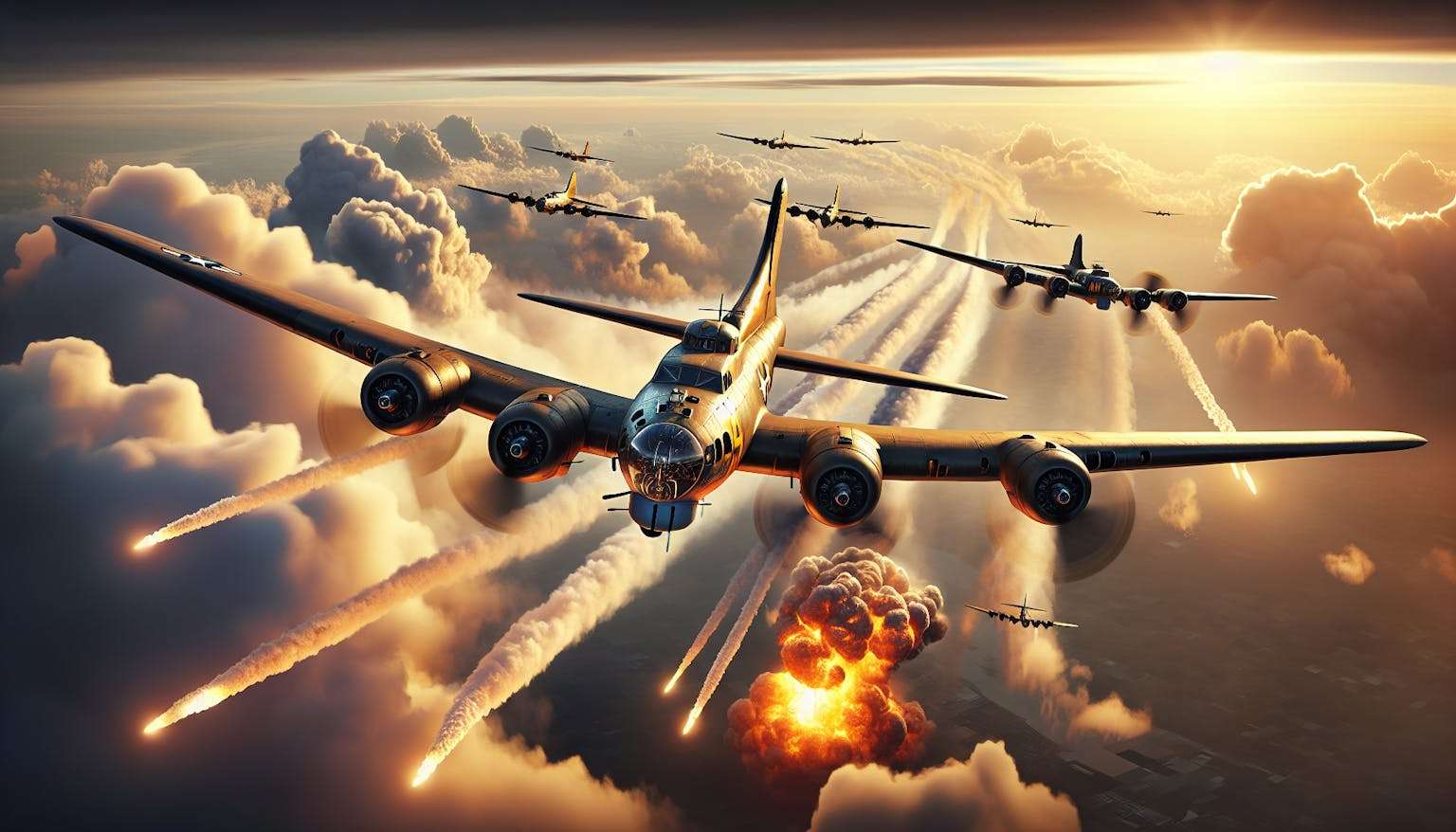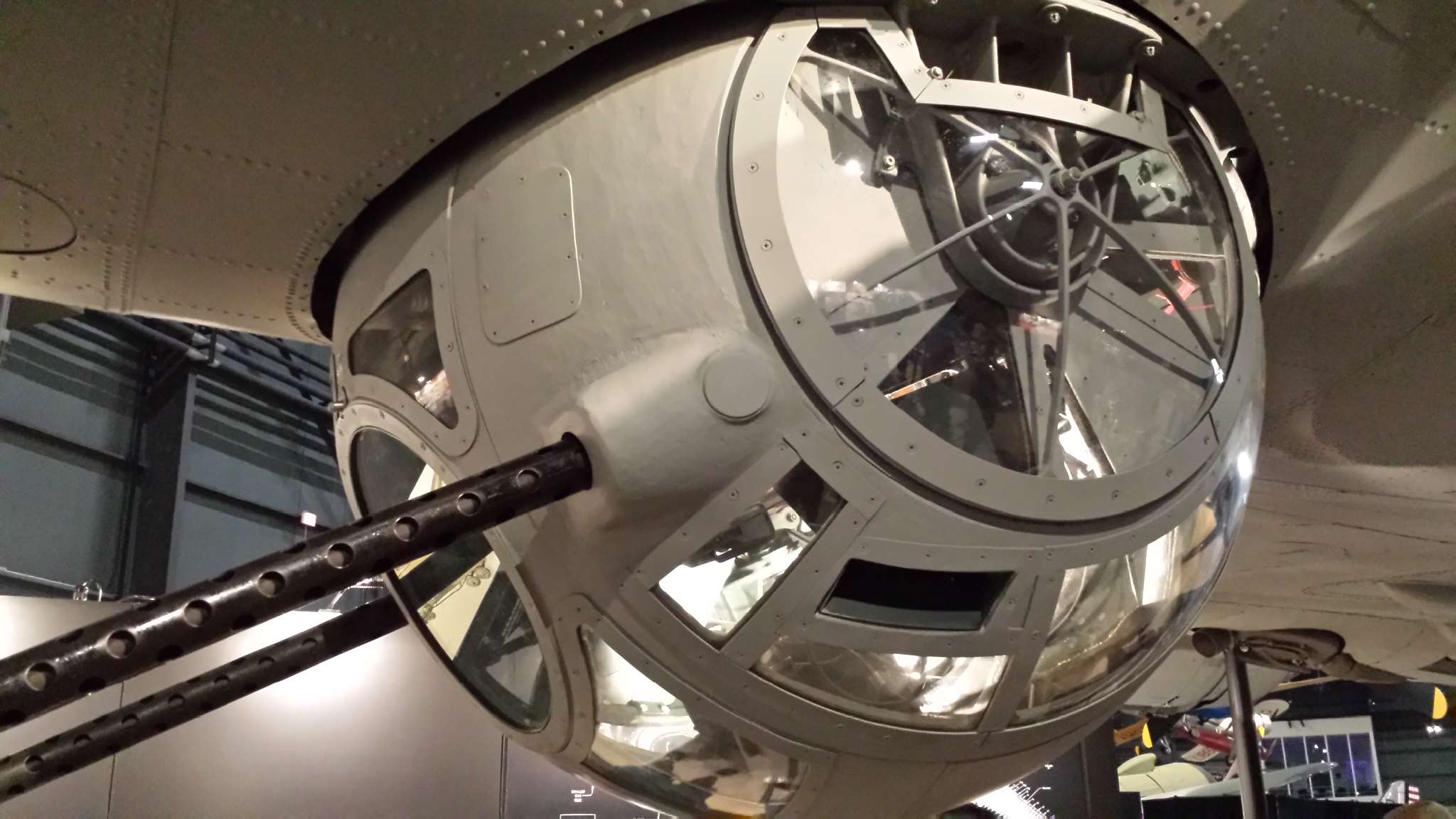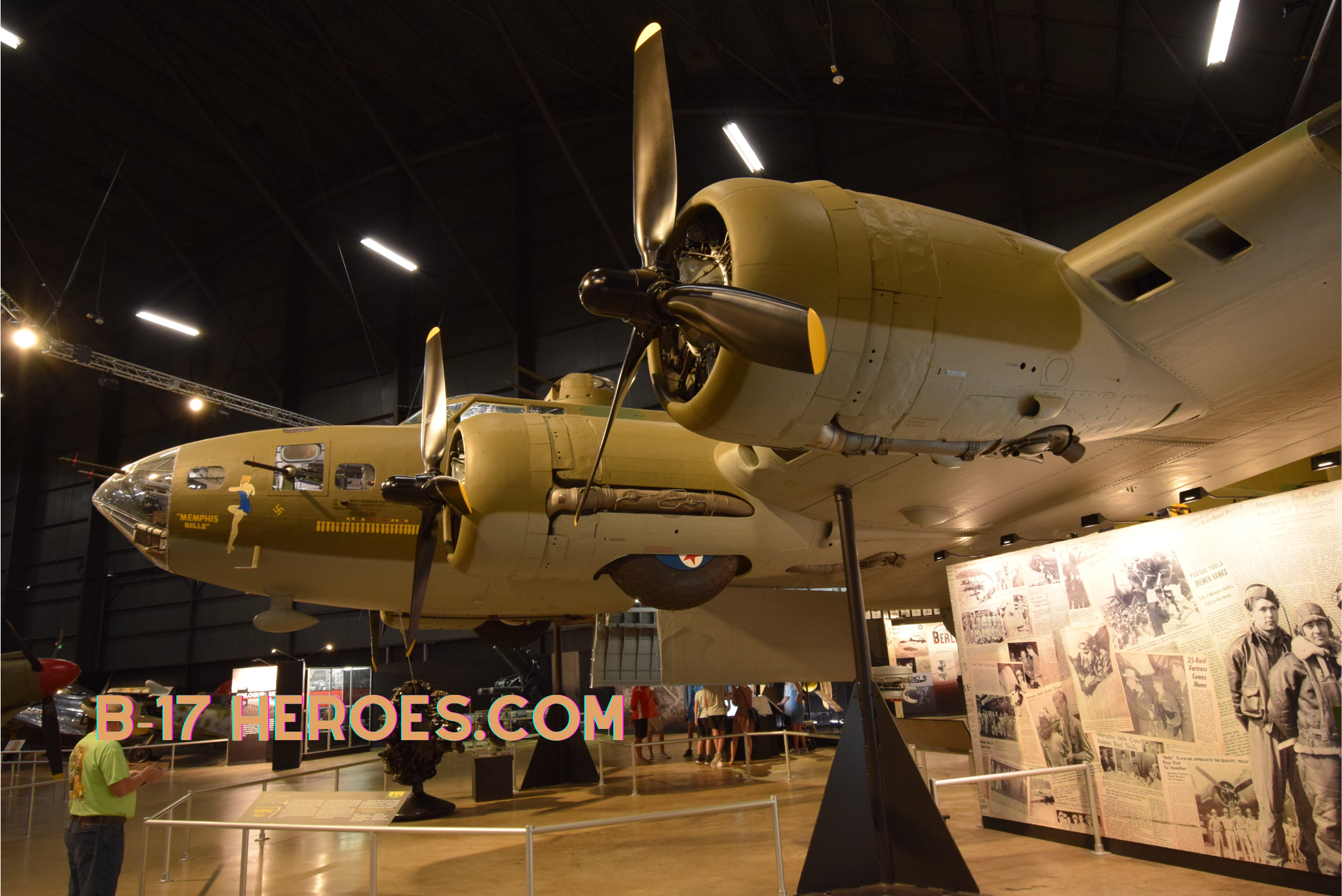On December 2, 1936, the first Boeing YB-17 bomber, U.S. Army Air Corps serial number 36-149, made its maiden flight.
This followed the crash of the original Boeing Model 299 prototype on October 30, 1935.
Despite this setback, the Army had ordered 13 YB-17s for service testing, designated Y1B-17 and serial numbers 36-149 through 36-161. Prior to first flight, the designation was changed to YB-17.
The YB-17 incorporated several improvements over the Model 299, including changes to the engine intakes and landing gear.
It was powered by four Wright Cyclone R-1820 radial engines producing about 930 horsepower each, allowing for a top speed of 256 mph, range of 3,320 miles, and service ceiling of 30,600 feet while carrying up to 8,000 pounds of bombs. Defensive armament included five .30 caliber machine guns.
After 36-149’s first flight, it underwent testing at Wright Field followed by assignment to operational bomber groups. However, issues were uncovered that required more enhancements before full-scale B-17 production. Over 12,700 Flying Fortresses would eventually be built by World War II’s end.
The YB-17’s service testing advanced development of the iconic B-17 bomber. Despite early setbacks, the aircraft showed enough promise to move forward, resulting in one of history’s most produced and strategic heavy bombers.





